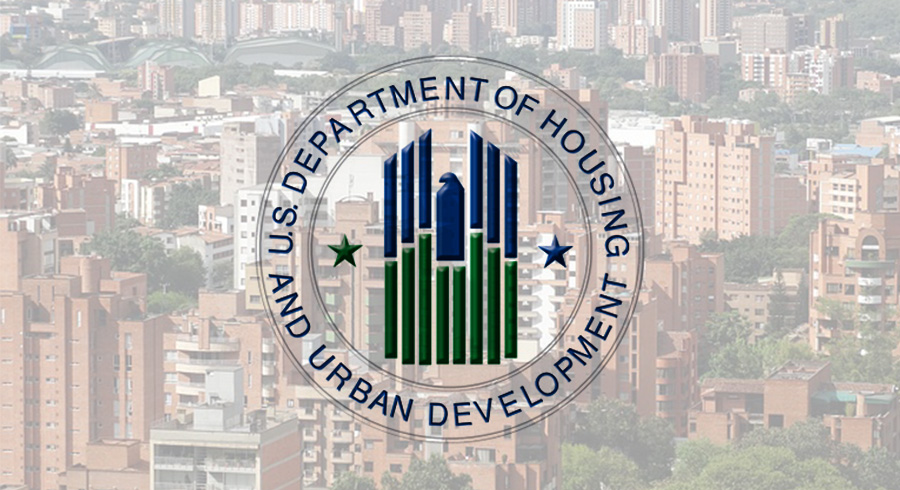Trump Proposes a HUD Budget for the Fiscal Year in 2020
Washington –The $41.24 billion spending plan continues to expand support for those experiencing homelessness, the elderly, and persons living with disabilities. The President’s 2020 Budget represents a one percent increase compared to last year’s request. Read here the HUD’s proposed FY 2019 Budget Plan.
“This budget lays out a vision for a government that is efficient, effective, and accountable. It provides a strong national defense, lays the groundwork for further economic growth and opportunity through reduced regulatory burdens and taxes, and recognizes the importance of aggressively addressing our nation’s fiscal challenges,” explained HUD Secretary Ben Carson. “I am confident HUD will deliver on its core program, assist our most valuable populations, and make significant enhancements to our programs where needed.”
Prevent and End the Homelessness
As the 2019 Budget continues towards the Federal goal to prevent and end homelessness by seeking a record of $2.4 billion in supporting thousands of local housing and service programs, assisting those living in the nation’s sheltering systems and on the streets, this bill represents a $133 million increase over the Administration’s 2018 budget request.
Enhance Rental Assistance
The Budget continues to support 4.7 million HUD-assisted households while seeking $601 million for the Housing for the Elderly (Sec. 202) and $140 million for Housing for Persons with Disabilities (Sec. 811) programs. These also represent an increase of $91 million and $19 million respectively over 2018’s Budget request.
HUD
Enhance Rental Assistance will create disincentives to employment and stable family formation, impose large administrative burdens, generate significant costs to the Federal government, and represent a one-size-fits-all approach to local community needs. The proposal will seek to encourage work and self-sufficiency; simplify program administration; increase local control and choice, and reduce the costs to taxpayers.
The Public Housing program limits the local Public Housing Agencies (PHA) ability to adequately address their significant needs. The budget proposes to merge the Public Housing Capital Fund into the Public Housing Operating Fun by overall reducing funding.
This will give extra flexibilities to pay for capital improvement needs and for each PHA to make decisions to best serve their residents. In the longer term, the HUD plans to work with local PHAs to shift local housing units to a more sustainable model and allow State and local governments to take a more active role in supporting these functions.
The HUD Rental Assistance Demonstration (RAD) is one of these sustainable models and given the scarcity of federal funds and substantial capital needs of the nation’s aging public housing stock, the Administration proposes removing the statutory limit of housing units that can participate. There are currently 225,000 units of public housing that can take advantage of this affordable housing preservation program.
Homeownership and Fair Housing
By supporting homeownership through the FHA mortgage insurance programs. Providing up to $400 billion in new loan guarantee authority that critical funding in supporting targeted improvements.
Additionally, the Budget seeks $550 billion for the new guarantee authority of Ginnie Mae to be a part of HUD. Ginnie Mae makes affordable housing a reality for millions of low-income to moderate-income households by channeling global capital into the nation’s housing markets, specifically providing liquidity and allowing lenders in obtaining a better deal for their mortgage loans in the secondary mortgage market. Lenders then can use the proceeds to fund new mortgage loans.
The Administration’s also seeking $62 million to help HUD’s fair housing mission.
Eliminate or Reduce Ineffective Programs
Trump Administration is seeking to eliminate the Community Development Block Grant Program (CDBG), by shifting its activities. The Administration proposes the HUD’s Choice Neighborhood Initiative, HOME Investment Partnerships Program, and the Self-Help Homeownership Opportunity Program (SHOP) because State and local governments can meet their community’s needs.
Promoting Healthy Homes
To protect families and their young children from lead-based paint and other hazards. The Budget has requested $145 million to promote healthy, lead-safe housing, as $15 million over late year’s requested amount.
EnVision Center Demonstration
The budget includes $2 million to support the HUD’s new EnVision Center Demonstration. Located on or near public housing developments, the Envision Centers will become centralized hubs that serve as an incubator to empowering people to graduate from HUD-assisted housing, becoming self-sufficient and responsible as homeowners and renters in the private market. Therefore, by helping people move to self-sufficiency, the HUD will be able to further assist Americans who are underserved.

